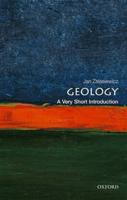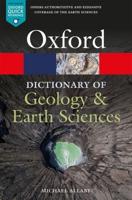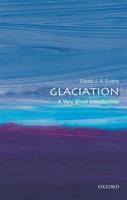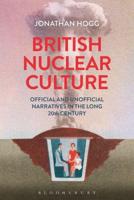Publisher's Synopsis
Excerpt from A Summary of Progress in Mineralogy and Petrography, in 1887
Th'eories proposed to account for these bodies are discussed, and filiat one is accepted which regards them as the result of the alteration of spherulites, in preference to the one in which a vesicular origin is assigned them. The present writer thinks that a study of the phenomena attending the alteration of spheru lites will explain satisfactorily the occurrence of the hollow spherulites. In many of these there is often found a little patch of felsitic material with a radial structure, and from this Mr. Cole argues that the whole body was once of the same nature; and that the greater part of the original filling has been removed by decomposing agents, probably through the channels afforded by perlitic cracks. He then examines 3 many of the spherulitic rocks of Great Britain and some from localities in Europe and America, and finds that his views are on the whole confirmed. Pro fessor Milne, in a recent number of the Transactions of the Seis mological Society of Japan, ' states that the lavas of the Japanese volcanoes (one hundred in all, of which fony - ei ht are still active) are chie?y andesites, the hornblende varieties 0 which frequently contain quartz. Those containing olivine approximate to basalts, though true basalt is rare. A critical study of these rocks is now being made by members of the Japanese Survey. A microscopical examinations of the volcanic ash ejected during the recent eruption in New Zealand shows it to contain fragments of limpid plagioclase crystals, dark green pleochroic hornblende, sometimes fibrous, and extinguishing at biotite and a golden-colored mica in well-formed crystals of hexagonal out line, pyrite, magnetite, broken pieces of sulphur, and glass con taining crystallites arranged in ?ow-lines. By treatment of the granite-porphyry from Beucha with hydro?uoric acid, and then the residue thus obtained successively with various other acids, Kronstshol'is has succeeded in isolating from it small colorless isotropic crystals with glassy inclusions. These crystals possess a specific gravity greater than 3, a refractive index equal to that of garnet or spinel, and show, before the spectroscope, the lines of iron, calcium, magnesium, and aluminium. The author calls attention to the similarity between these crystals and those which he obtained in a like manner from the phonolite7 of Olbruck, and.
About the Publisher
Forgotten Books publishes hundreds of thousands of rare and classic books. Find more at www.forgottenbooks.com
This book is a reproduction of an important historical work. Forgotten Books uses state-of-the-art technology to digitally reconstruct the work, preserving the original format whilst repairing imperfections present in the aged copy. In rare cases, an imperfection in the original, such as a blemish or missing page, may be replicated in our edition. We do, however, repair the vast majority of imperfections successfully; any imperfections that remain are intentionally left to preserve the state of such historical works.








